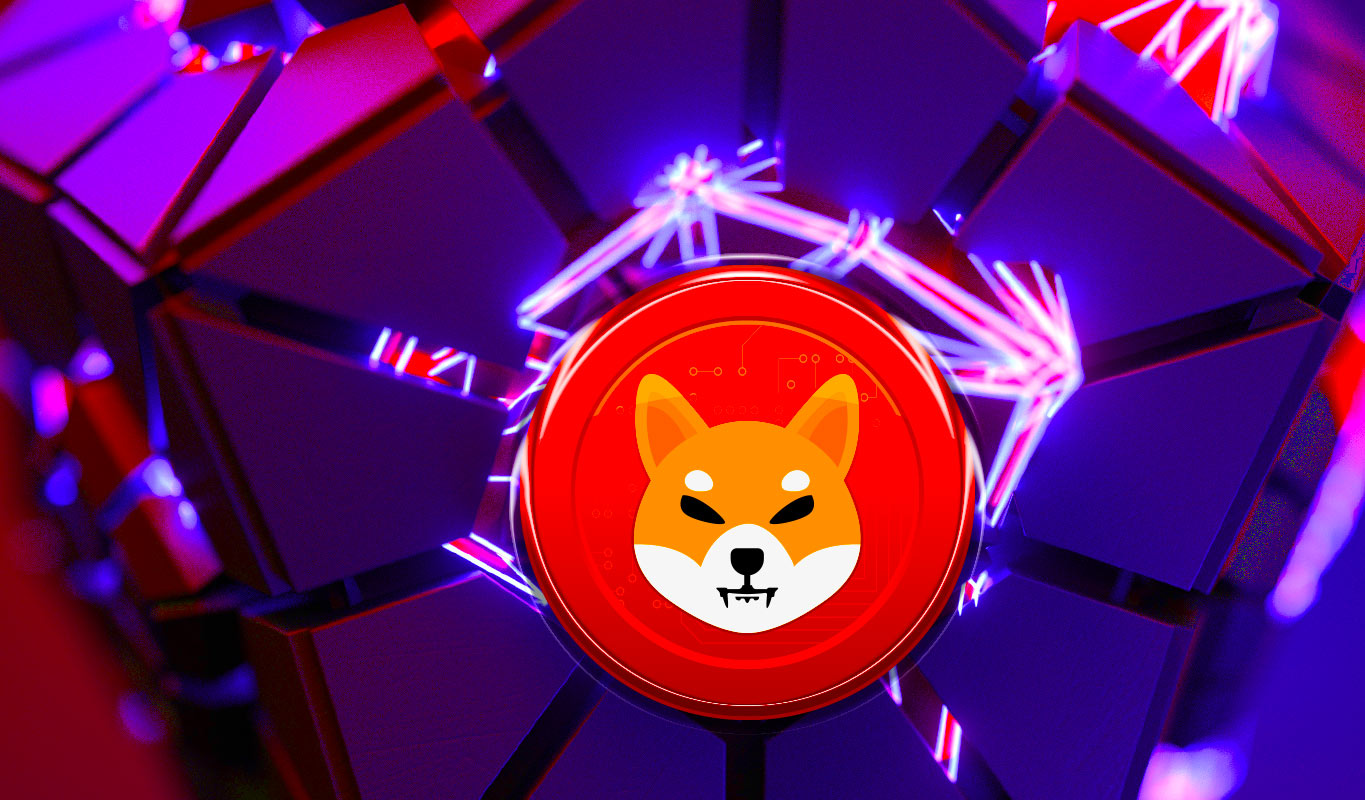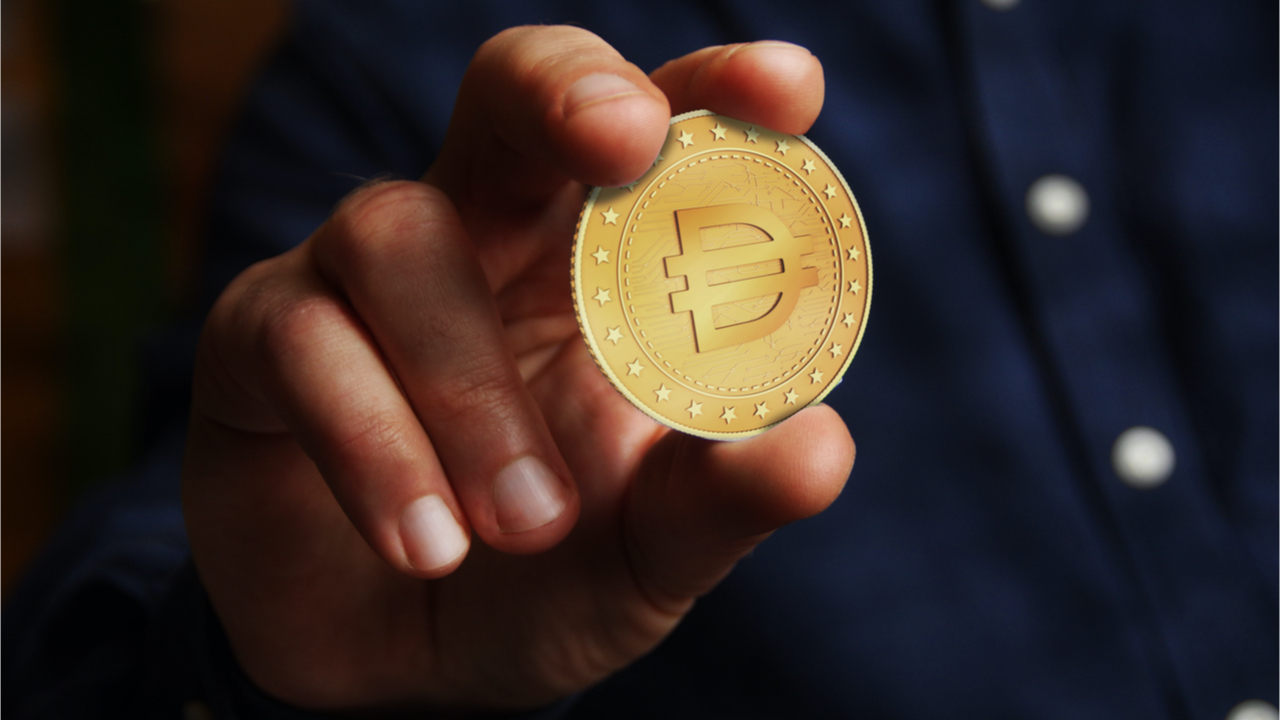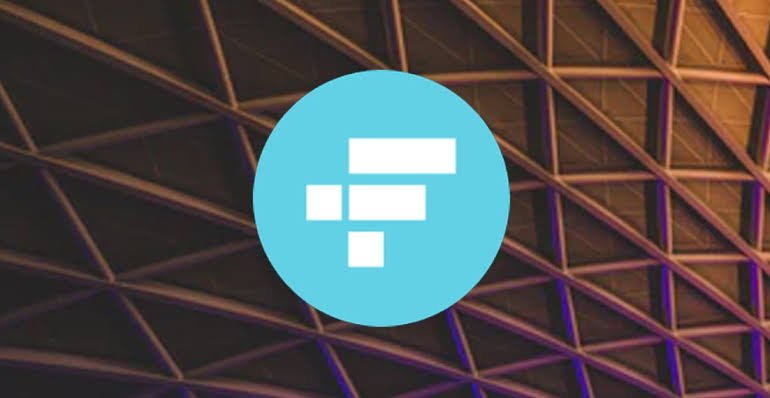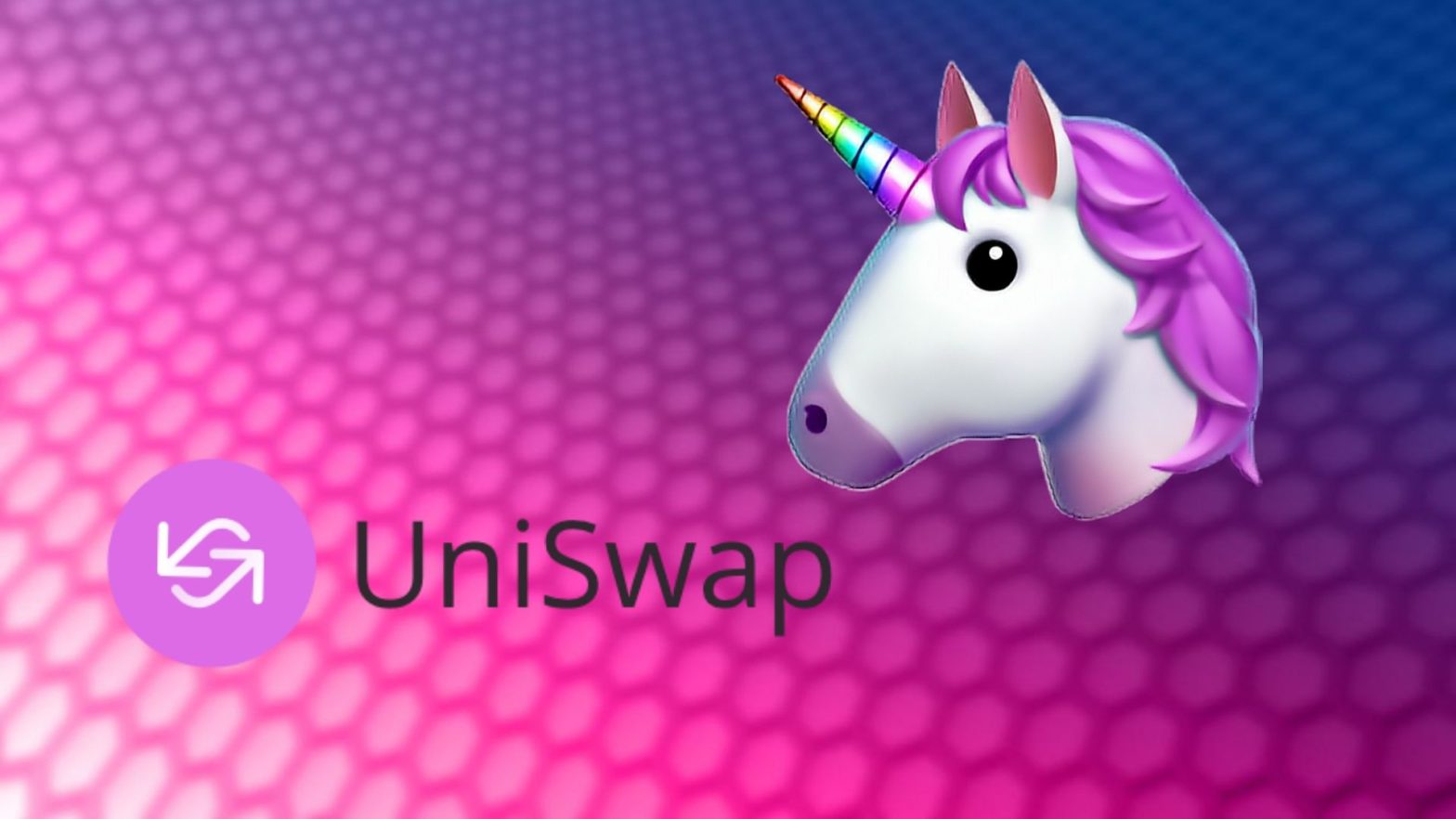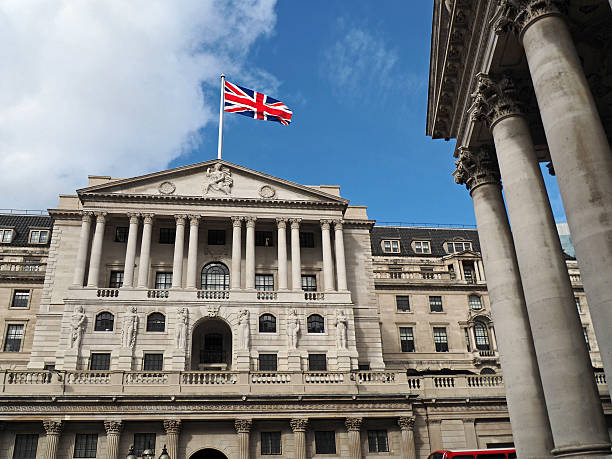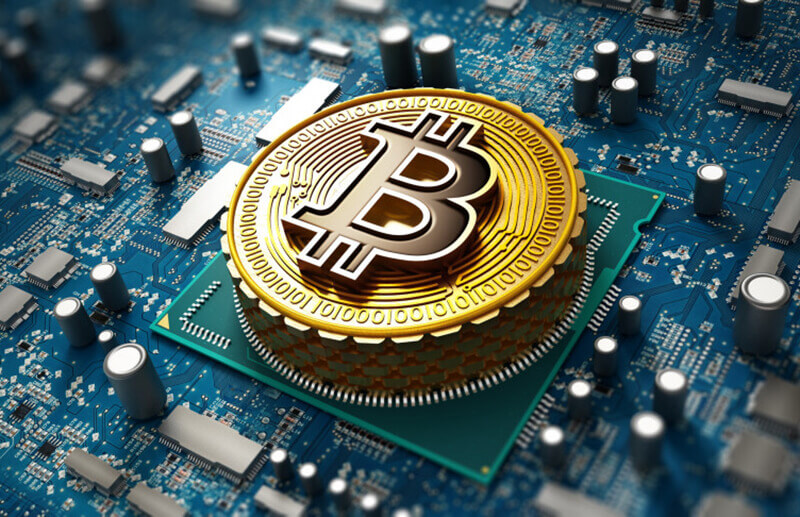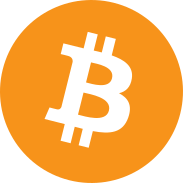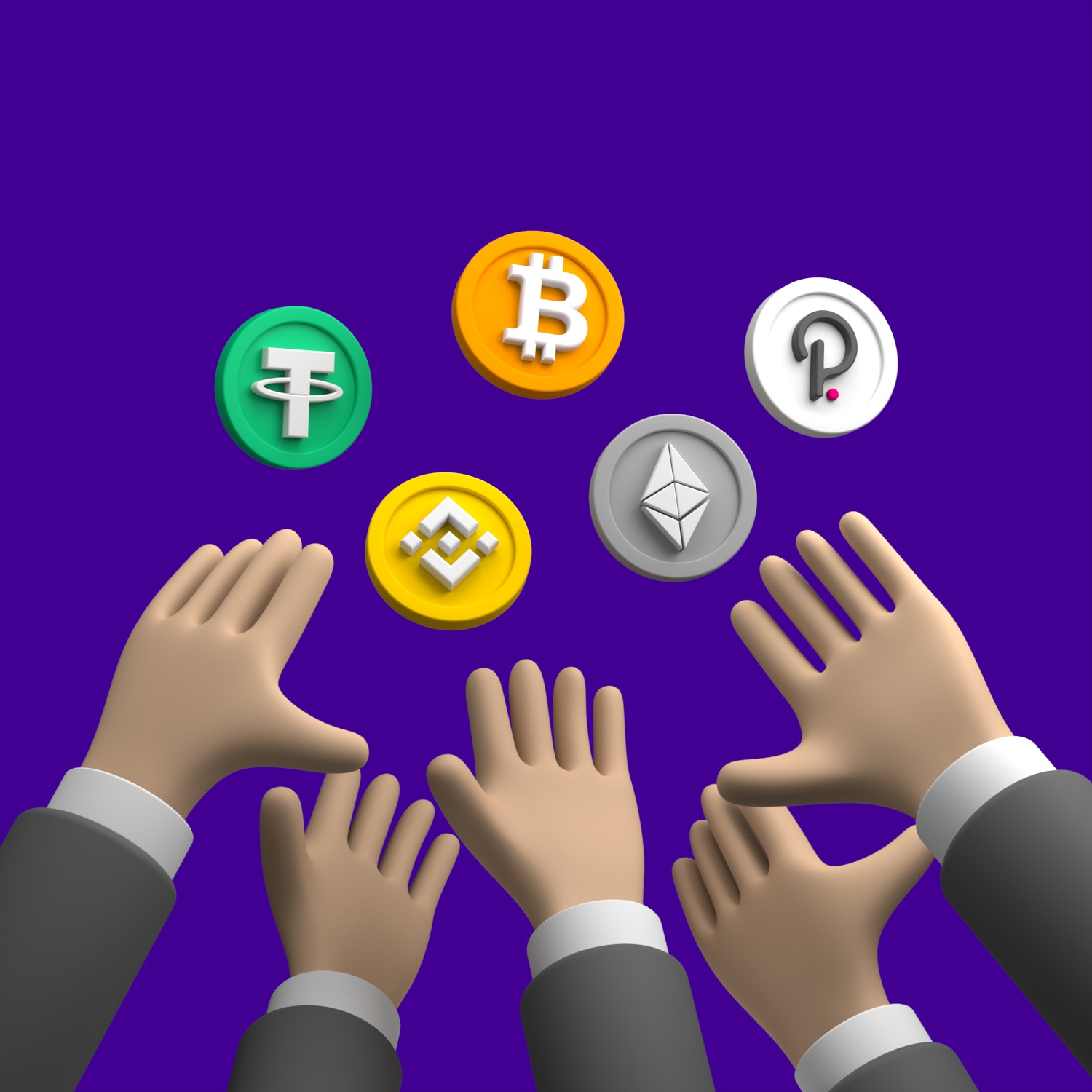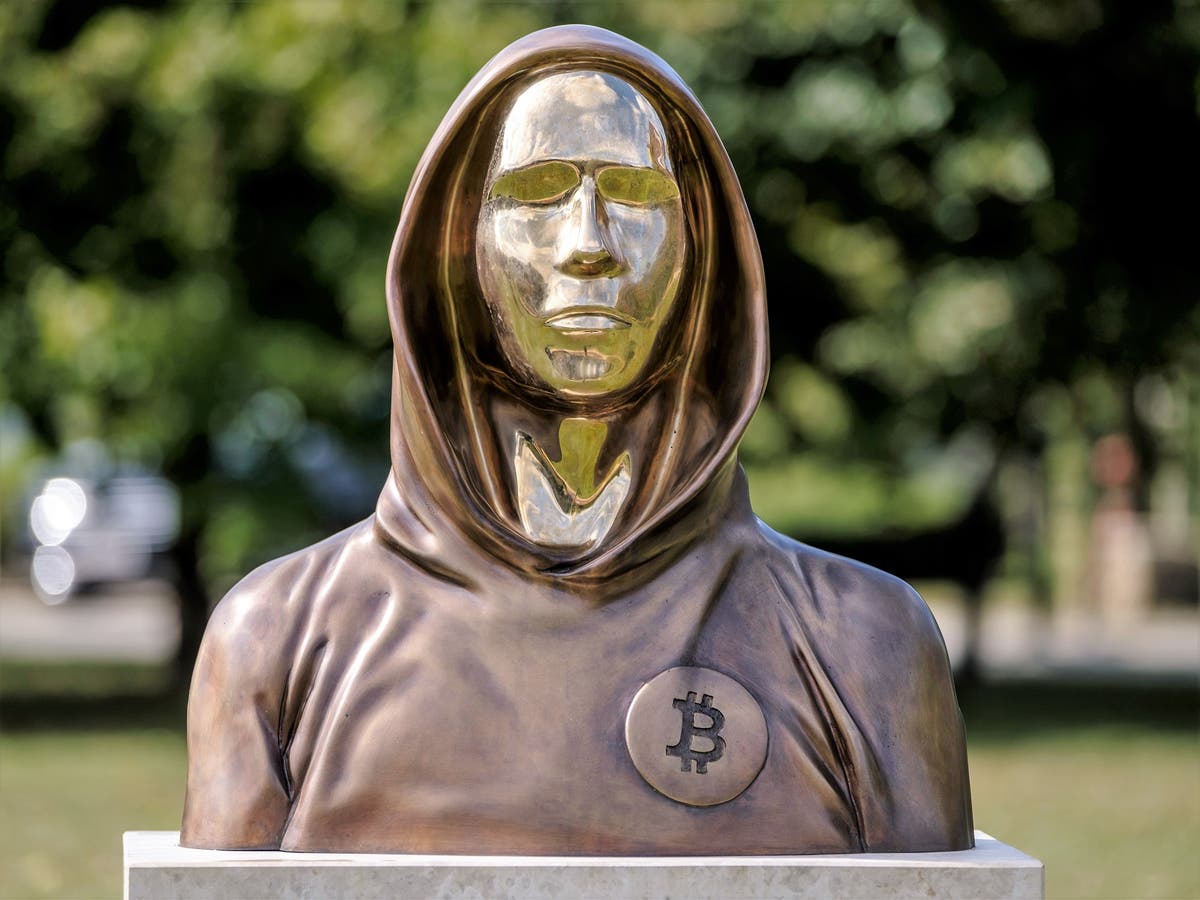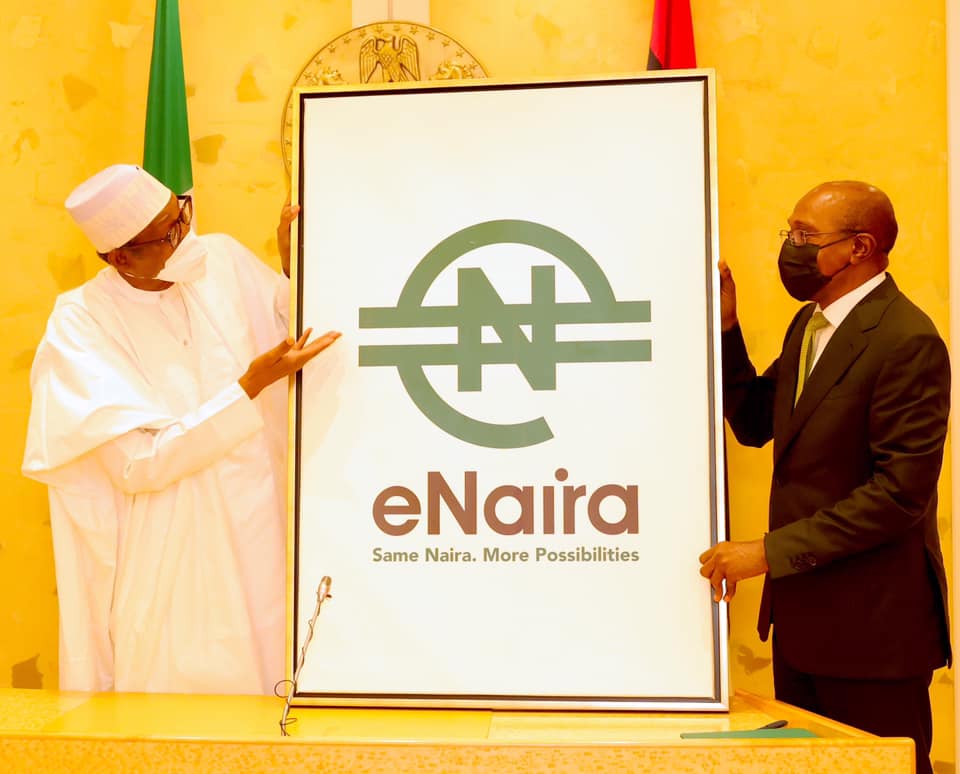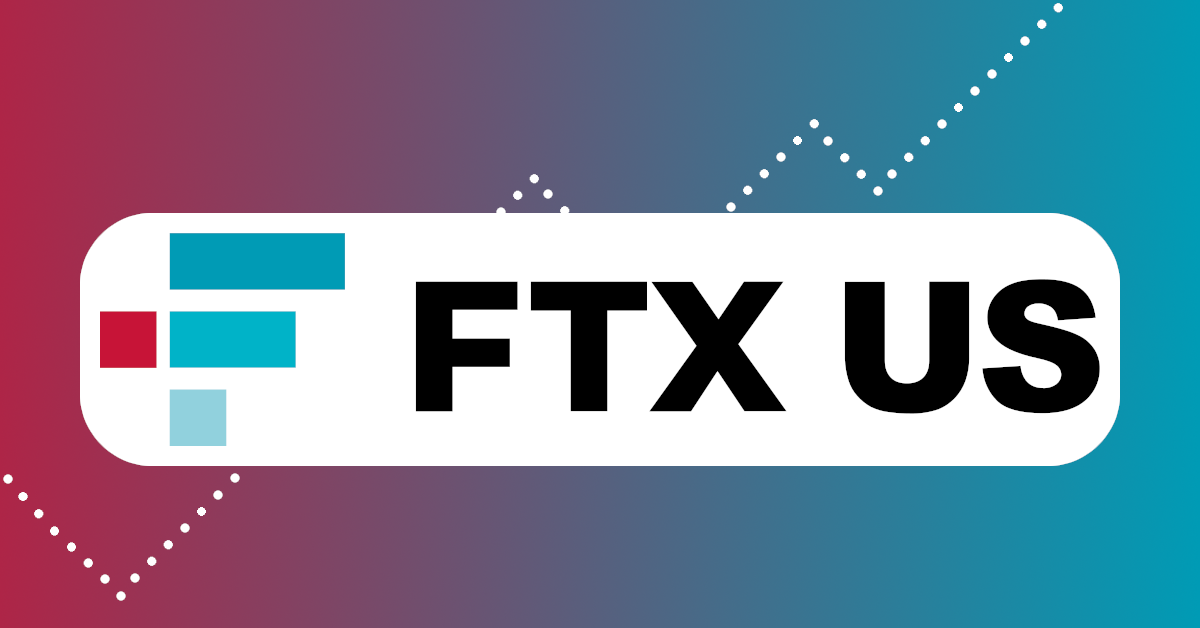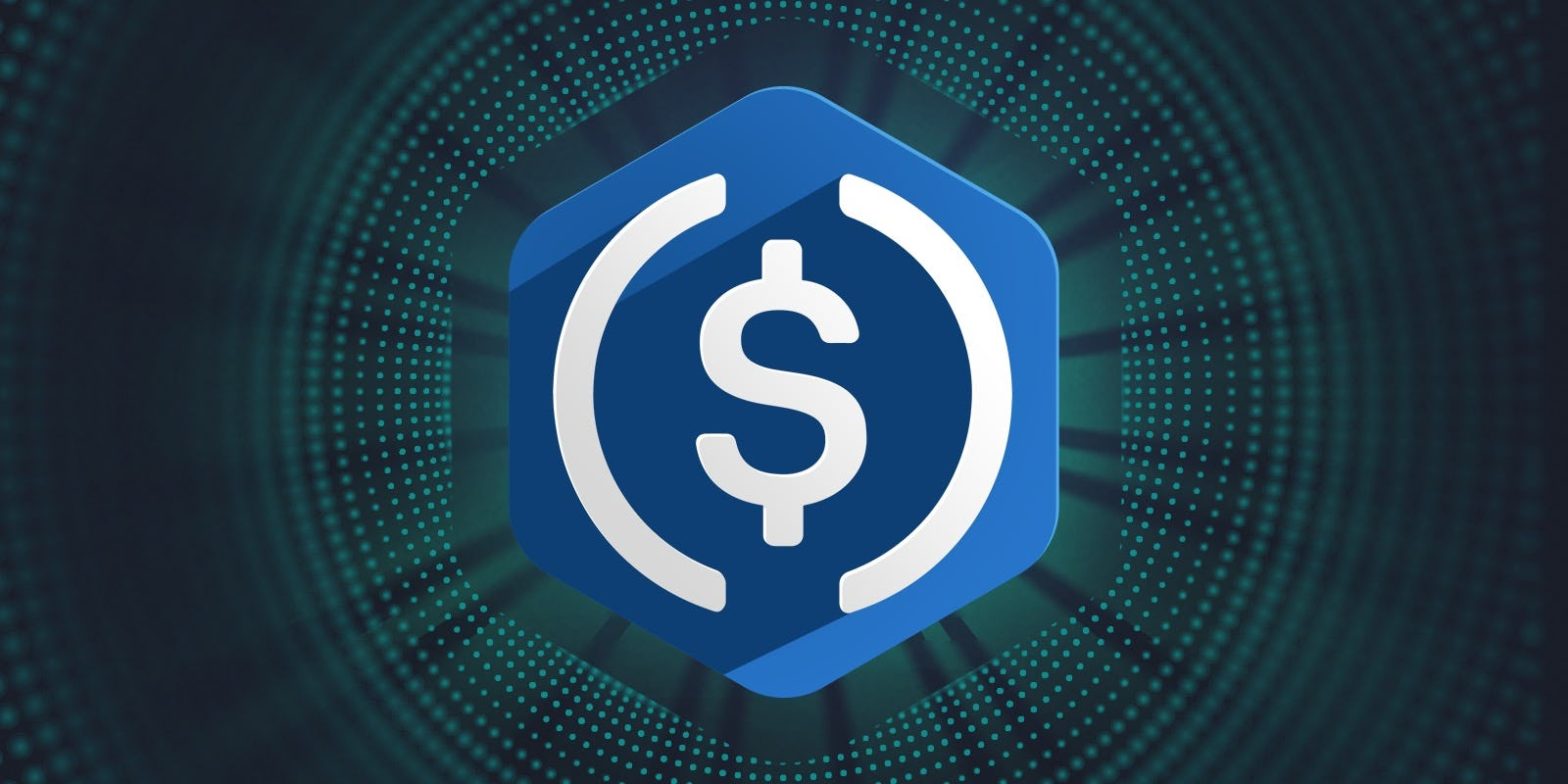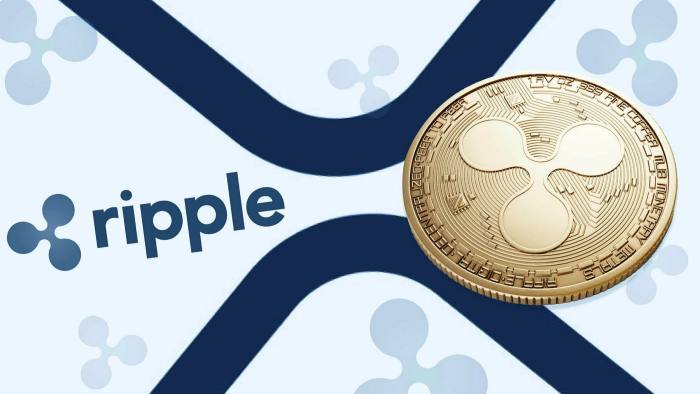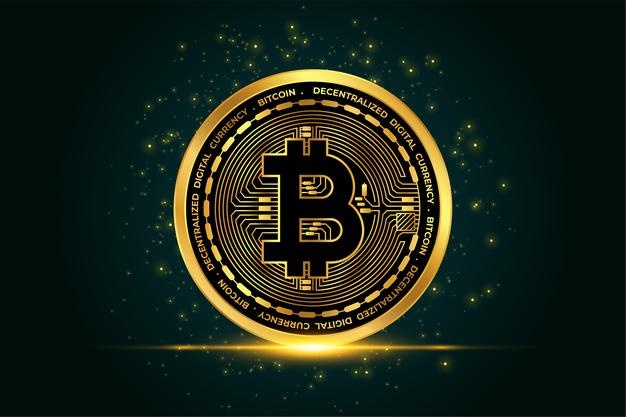Overview
InvestVoyager, a leading name in the world of cryptocurrency investment, is a publicly-traded, licensed crypto-asset broker that provides retail investors with mobile and desktop solutions to trade and earn interest on a wide variety of cryptocurrencies. It was founded in 2017 by Stephen Ehrlich, Philip Eytan, Gaspard De Dreuzy, Oscar Salazar, and Serge Kreiker and its headquarters are in the GreaterNew York Area, East Coast, Northeastern US. InvestVoyager is a crypto asset broker that provides retail and institutional investors with a turnkey solution. The platform gives access to over 50 tokens and coins. You can buy, sell or swap assets using Voyager’s simple mobile application available to download for free on both iOS and Android phones.
InvestVoyager’s motto is “we believe that crypto assets are the future of finance and investing. Together, we are creating the broker that the crypto market deserves.” They are a team of finance and technology industry veterans dedicated to empowering and servicing investors in the most exciting asset class to date; which is crypto. The founders have combined their decades worth of experience from leading organizations like E*TRADE, Uber, TradeIt, Lightspeed Financial and more, to bring out Voyager.
The company’s mission is to provide every investor with a trusted and secure access point to crypto asset trading. We offer best-in-class customer service, incomparable access to the most popular assets and commission-free trading. When you invest through Voyager, you’ll pay nothing in commissions, which is a major benefit compared to other cryptocurrency brokers. Voyager is also one of the only brokers that allow users to earn interest on their crypto investments.
A number of decentralized exchanges already exist for the purpose of trading cryptocurrencies, so that’s really not new. However, the fact that crypto investors are able to earn a significant yield on their investments is something worth diving into. That’s why Voyager is one of the unique crypto investment platforms at the moment. The company’s growth over the years has to do with the creation of their incredible token, known as VGX.
What’s most interesting about VGX is the unique utility it provides investors. Sure VGX is a digital token, just like its peers. However, VGX also provides investors with a unique benefit. By holding a given number of VGX Tokens, Voyager patrons can take advantage of the Voyager yield program, which rewards holders with additional yield on their holdings. Therefore, interest boosts of up to 1 percentage point on cryptocurrencies such as BTC are offered. The more VGX one holds, the higher the yield.
With a token as interesting as VGX, InvestVoyager has certainly been successful over the past few years since its founding, and has managed to make a pretty good name for themselves. According to a recent press release by the broker, their revenue exceeded US$8.5 million for the month of January 2021 and US$2.5 million for the period February 1 to February 4, 2021.Assets Under Management Surpass US$800 Million as of February 4, 2021. The value of customer trades for January increased over 5x to US$840 million up from US$150 million in December, 2020. The Company has executed over US$170 million of trades for the period February 1 through February 4, 2021.
That’s pretty darn impressive.
What are the main services offered by InvestVoyager?
Services offered by InvestVoyager include execution, data, wallet, and custody services through its institutional-grade open architecture platform.
How does InvestVoyager make money?
When Voyager finds you a more advantageous price, it extends the savings onto you and keeps a small percentage of the differentiation. In other words, Voyager’s exchange only makes money when it saves YOU money. They profit off the fall or rise of cryptocurrencies. Voyager also make money from the investments they make. Their latest investment was in Blockdaemon on Jun 8, 2021, which was valued at $28 million.
What are the fees on InvestVoyager?
Voyager Crypto is a 0 commission cryptocurrency trading platform. That means whether you’re buying or selling cryptocurrency, you’ll pay only the quoted price when you finish your order. Voyager uses a unique Smart Order Routing that takes advantage of the divergence between listed prices on cryptocurrency exchanges. You can also earn interest on your cryptocurrency investments as well, simply by leaving them in your Voyager wallet. Interest rates range from 1% to 8.5% APR, depending on the asset. You must meet a minimum number of coins or tokens in your wallet to qualify for Voyager’s interest program.
Is InvestVoyager a regulated financial institution?
InvestVoyager operates in various cities, each of which they have a proper license for. In Alaska, they have the Money Transmitter License (AKMT-013586) with licensing authority by the State of Alaska Division of Banking & Securities. In Arizona, they have the Money Transmitter License (386-594) with licensing authority from the Department of Financial Institutions. In Florida, it’s (FT230000259) with licensing authority from the Office of Financial Regulation. Same with Washington, Tennessee, Georgia, Ohio, South Dakota, Illinois. They all have proper authorized licenses to operate in all places.
Is InvestVoyager insured?
Cryptocurrency held on the Voyager Platform is not protected by FDIC insurance or any other government-backed or third party insurance. Technical and market factors outside of Voyager’s control may adversely affect the value of Cryptocurrencies. These factors include, without limitation, (i) technical defects, limitations or changes to a given Cryptocurrency; (ii) Forks (as discussed in the User Agreement); and (iii) the emergence of competing Cryptocurrencies. Your ability to purchase Cryptocurrencies through Voyager is contingent on Voyager’s ability to source such Cryptocurrencies from third party providers. Therefore, Voyager makes no promises regarding the timing or ability to purchase Cryptocurrencies using the Voyager Platform.
Is InvestVoyager safe? What sort of security features do they offer?
Voyager is one of the biggest crypto brokerages that gives an easy, user-friendly experience to users. Voyager’s record is clear of any major lawsuits or scandals. Invest Voyager is a very secure platform, although they’ve closed 50 complaints in the past 12 months. Voyager has a 2FA authenticator and you can enable it on the app in your settings under “Security”.
How to open up an InvestVoyager account?
To open a Voyager account, download the app from either the Apple app store (iOS) or the Google Play Store (Android). Once the app has successfully downloaded to your phone or tablet, open the app and allow the app to send you notifications.
After you’ve allowed notifications, click on “Sign Up.”
Fill the fields required on the Sign Up Form, which are your first name, your last name, your email address, country of residence, and phone number, then click “Continue”
Create a pin to use whenever you open the app.
Click “Show my recovery phrase”. Copy the recovery paste and paste it somewhere like the notes app or write it down in a notepad and keep it safe. The Recovery Phase is important to have when you are logging in after changing your phone or when you’re unable to access your wallet.
Next is to submit the documents required for verification and identification.
KYC Documents Requirements
Voyager is required by the USA Patriot Act,Know Your Customer (“KYC”) and Anti-Money Laundering (“AML”) regulations to collect personally identifiable information (“PII”) to verify your identity and ensure your eligibility to open an account and trade with Voyager. Information we collect includes email address, full name, mobile phone number, home address, date of birth, and social security number. Please note, depending on the results of our initial review, you may be asked to submit additional documentation to support your account opening under these regulations. This documentation request may include, but is not limited to, a clear photo of yourself (“selfie”) holding your valid driver’s license, a passport or other government-issued photo ID, proof of your social security number and proof of your home address.
In what countries is InvestVoyager available in?
Trading on the Voyager App is currently available to residents in all U.S. states, excluding New York. Voyager is also available to residents of U.S. Territories including American Samoa, Guam, Northern Mariana Islands, Puerto Rico, and the United States Virgin Islands. Our team is working with regulators to obtain a BitLicense to offer trading to New York residents as soon as possible. Voyager is working to expand internationally into Canada and Europe later this year.






